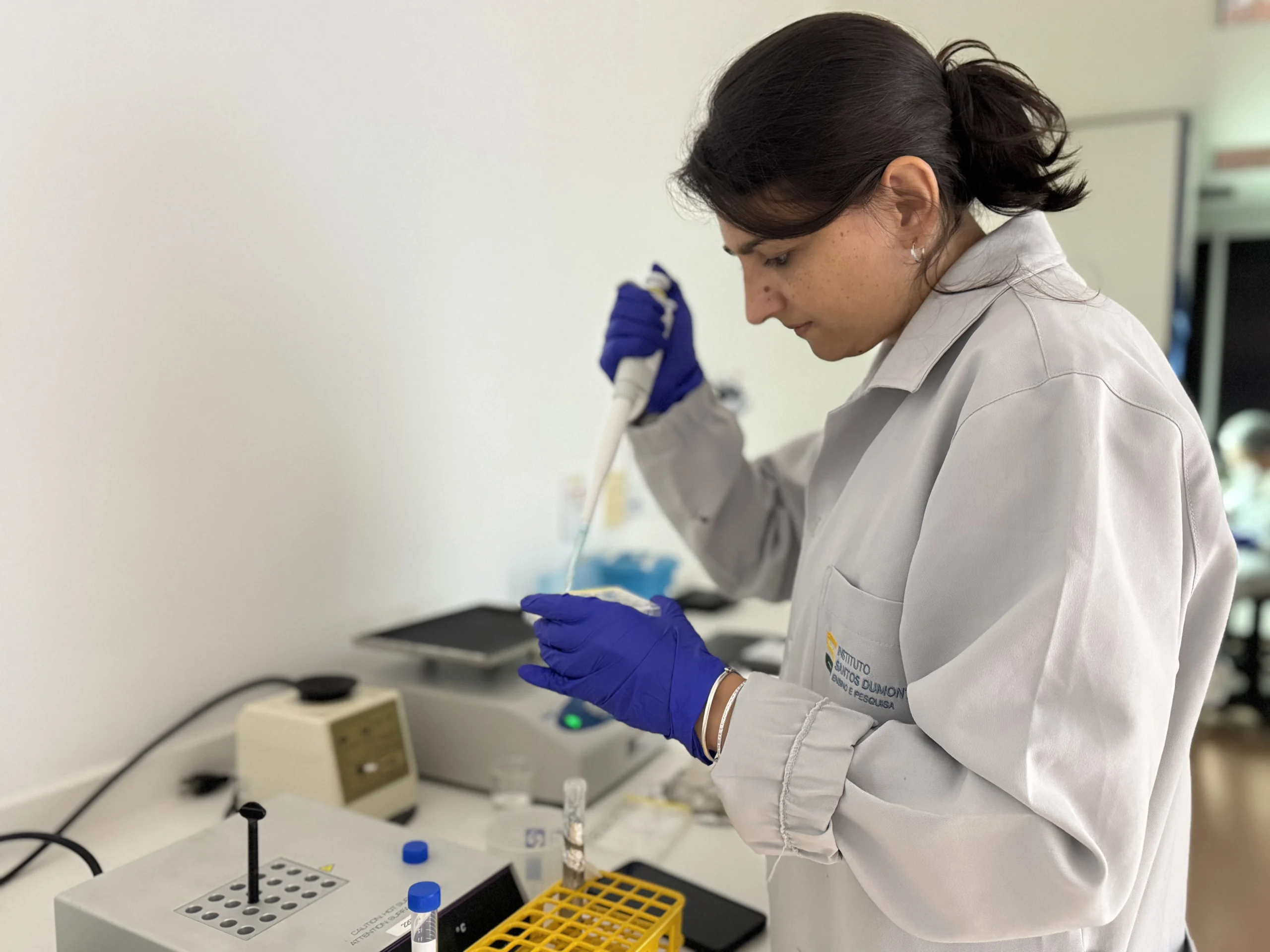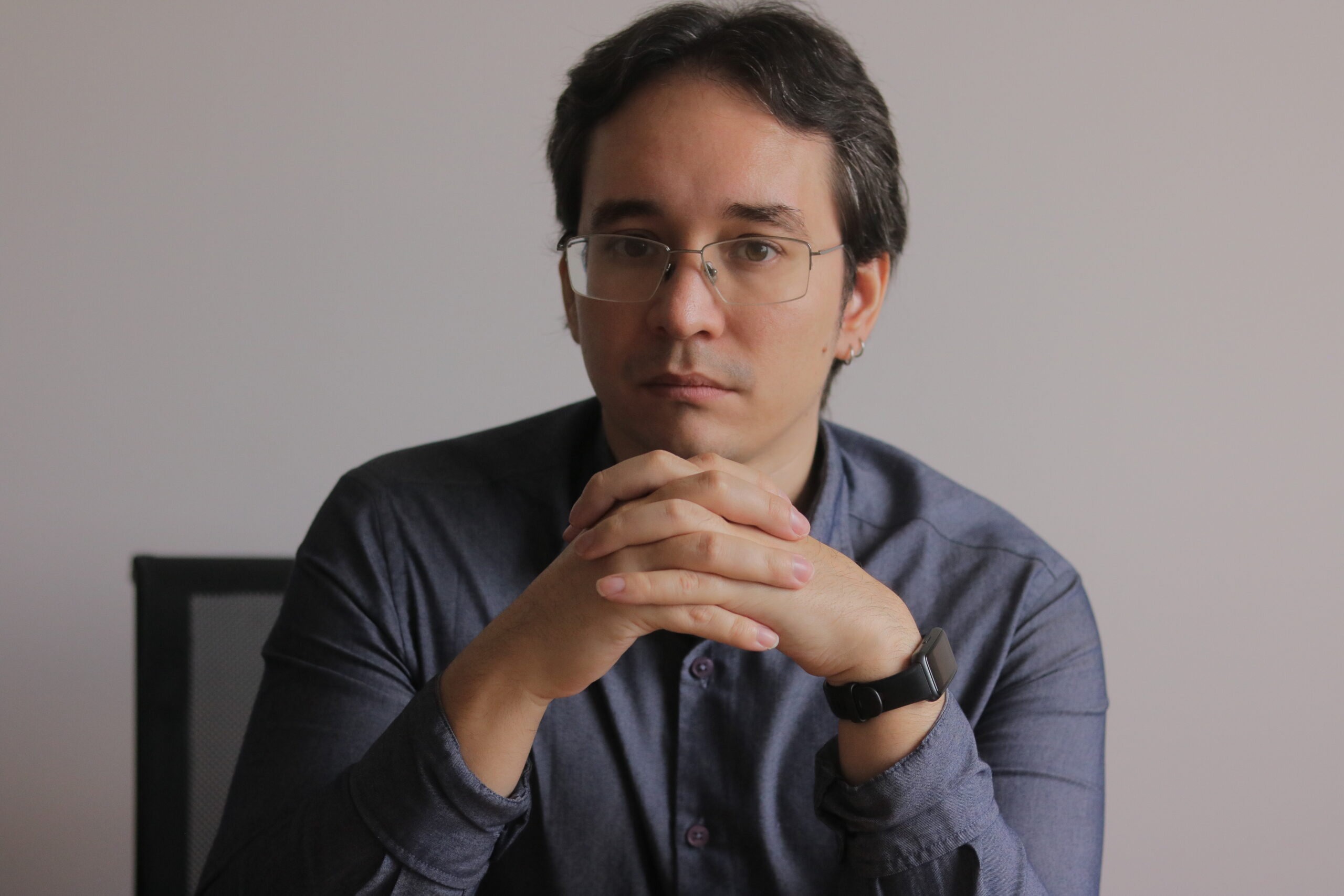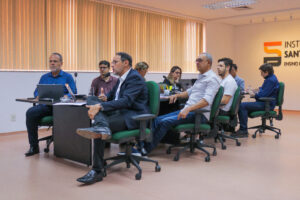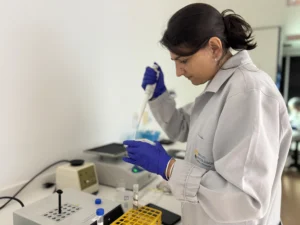The development of strategies that aim to assist the rehabilitation of people with disabilities is growing worldwide. An example of this are innovations in the field of brain-machine interface, a technology that allows communication between the brain and assistive products (such as electronic devices and softwares) and has been promoted as an ally of neurorehabilitation in studies in the field of neuroscience.
Recently, researchers from the Santos Dumont Institute (ISD), a Social Organization linked to the Ministry of Education, in Macaíba, published an international article on the rehabilitation of individuals with spinal cord injuries using the brain-machine interface, based on clinical studies carried out at the institution.
The research's main author is Cristian Felipe Blanco Diaz, a native of Colombia, who participated in the ISD scientific initiation program in 2023. A biomedical engineer from Universidad Antonio Nariño and a master in electrical engineering from UFES, the researcher worked, during his time in Macaíba, on the development of interfaces based on motor imagery of walking, a method used in the published article.
The study is titled “A Gait Imagery-Based Brain-Computer Interface with Visual feedback for Spinal Cord Injury Rehabilitation on Lokomat” (“A Brain-Computer Interface for Imagery-Based Gait with Visual Feedback for Spinal Cord Injury Rehabilitation in the Lokomat”, in free translation) and was published in “IEEE Transactions on Biomedical Engineering”, a leading journal in the field of biomedical engineering.
According to the researchers, the research results bring two main contributions to the scientific community: one in the field of brain-computer interfaces (BCI), and one in the neuroscience field.
“In the field of ICCs, we have created a new proposal that provides visual instructions or a feedback visual during passive walking and, after three sessions, we noticed an improvement in the motor imagery capacity of walking in people with spinal cord injuries using this feedback. In other words, this system would allow individuals to learn to modulate their cortical rhythms and, with this, there is a cerebral demand that can induce the participant to remember how to walk”, explains Cristian Blanco-Diaz.
In the neuroscientific field, the researcher says that preliminary findings suggest that there are changes in brain activity associated with the lower limbs, something not previously reported in other studies in the area, which suggests that the developed CHF may have a cortical effect on the patient.
In addition to Cristian, the neuroengineer Ericka Raiane da Silva Serafini, who graduated from ISD, also participated in the research, under the guidance of the Institute's professor, Denis Delisle Rodriguez. Also responsible for the study were André de Azevedo Dantas and Caroline Cunha do Espírito Santo, professors at ISD, and Teodiano Bastos-Filho.
“Unlike conventional methods that focus only on physical training, the approach using neurofeedback makes the individual actively engage the brain in the rehabilitation process. This type of strategy seeks, mainly, to bring functional recovery to people with spinal cord injuries”, explains Ericka Serafini.
The research was conducted within a clinical context at ISD. The Lokomat, the central component of the study, is a robotic gait training device that works by partially suspending the patient and with movement induced by an exoskeleton positioned on the lower limbs. When combined with concepts from robotics and neuroengineering, gait training with the Lokomat becomes an example of the benefits of interdisciplinary research applied to clinical practice in rehabilitation.
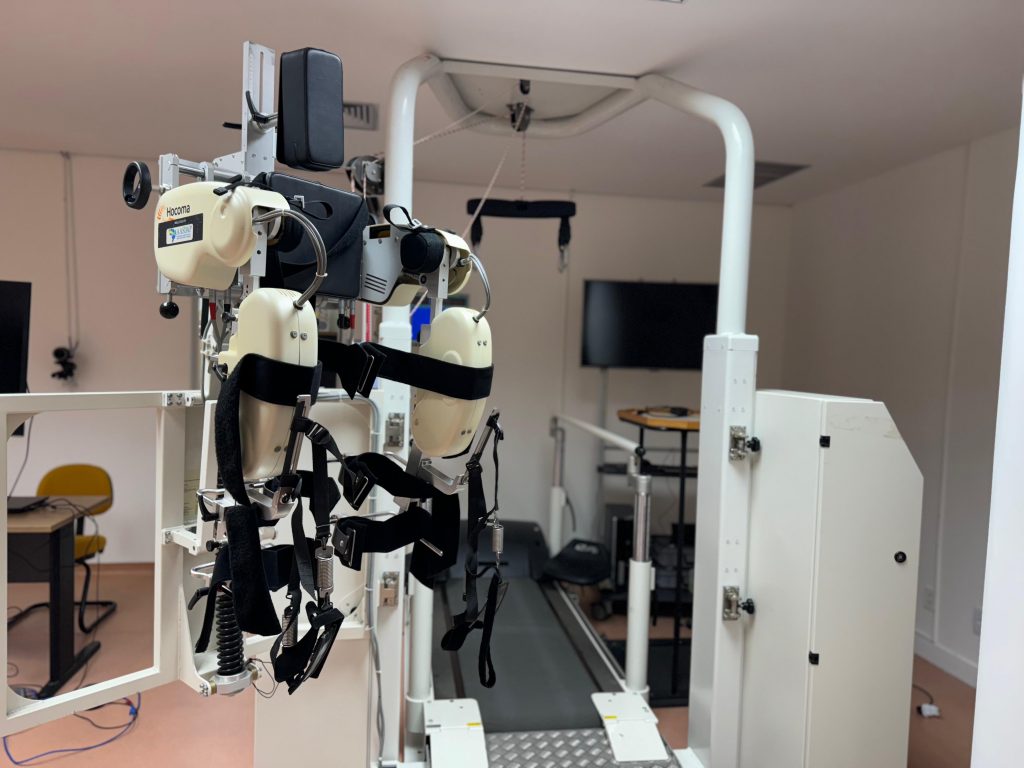
“Robot-assisted technologies can have a positive effect on people’s rehabilitation. For example, robotics has shown that it can be used to help people regain the ability to perform activities that were lost after a neuromotor accident or neurological disease, and we still have more applications to explore,” says Cristian.
ABOUT ISD
The Santos Dumont Institute is a Social Organization linked to the Ministry of Education (MEC) and includes the Edmond and Lily Safra International Neuroscience Institute and the Anita Garibaldi Health Education and Research Center, both in Macaíba. ISD's mission is to promote education for life, forming citizens through integrated teaching, research and extension actions, in addition to contributing to a fairer and more humane transformation of Brazilian social reality.





